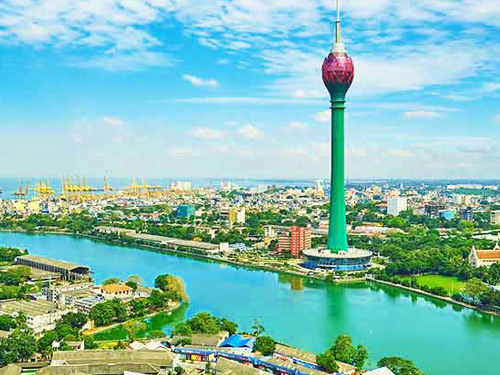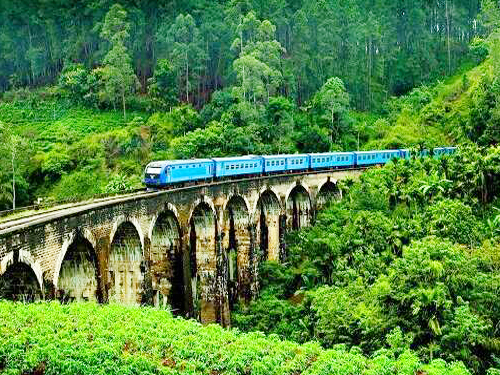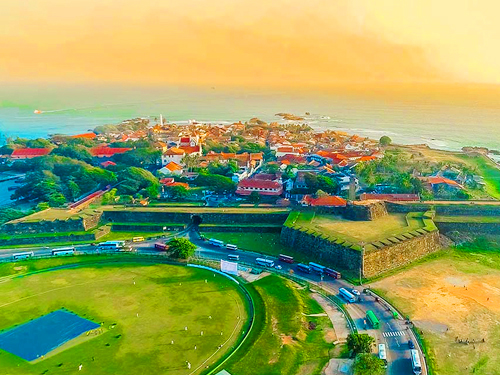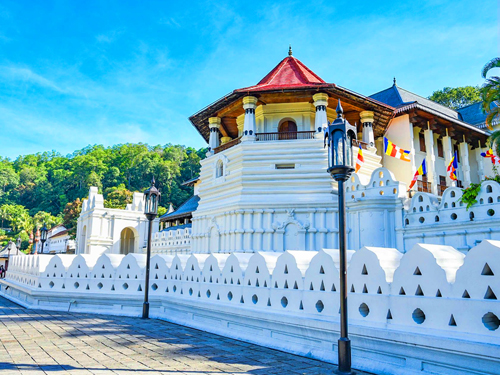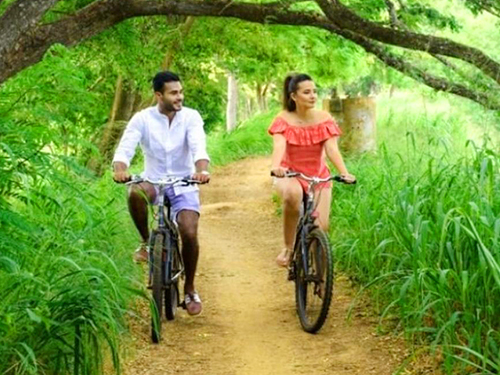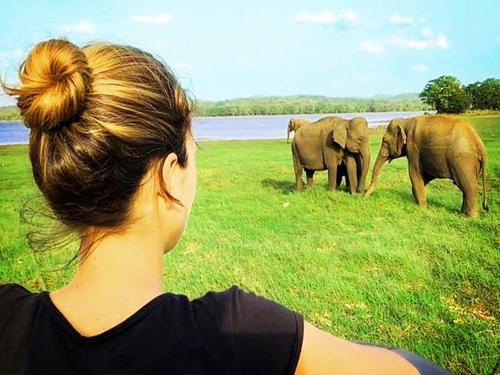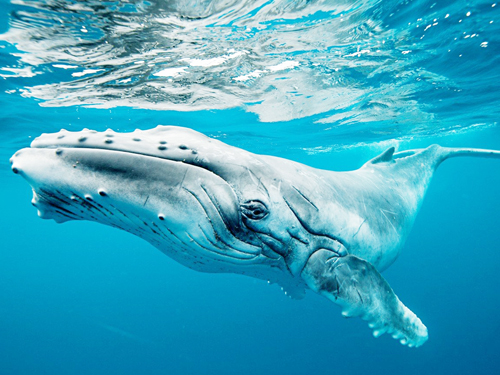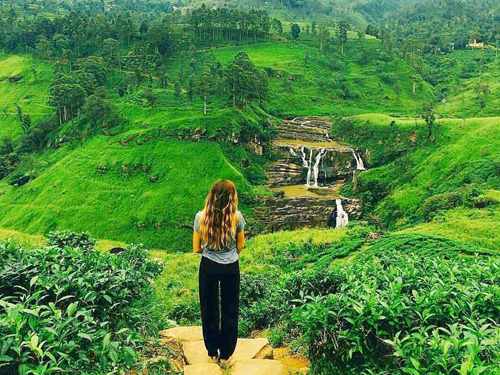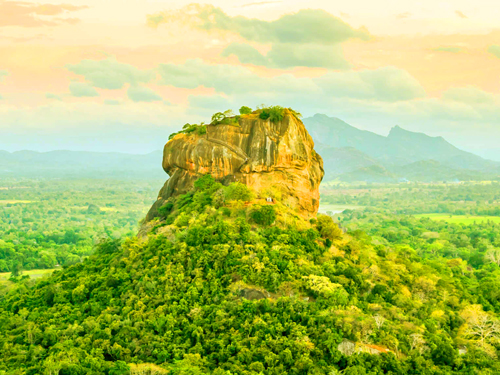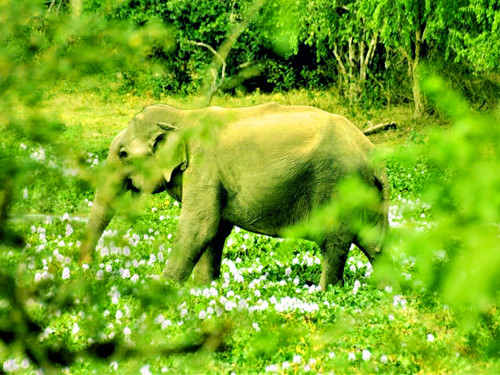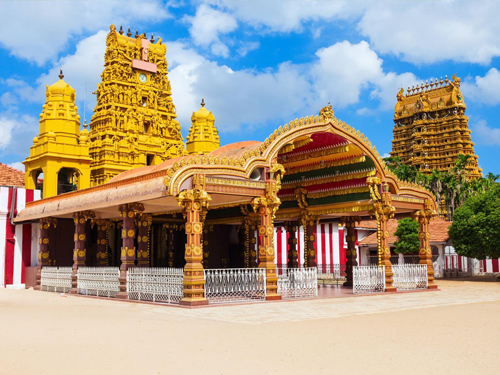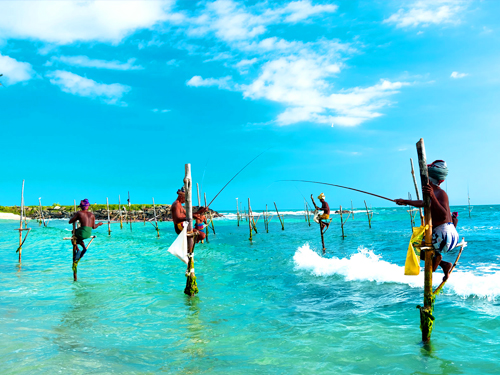Polonnaruwa in Sri Lanka
Chola occupation
The invasion that drove the capital from Anuradhapura to its current location saw the powerful army of the south Indian Hindu Chola dynasty, Raja Raja the great, sack Anuradhapura in 993. They then established Polonnaruwa as their administrative centre.
New Sinhalese capital
Vijayabahu I defeated the Cholas to establish an independent Sinhalese kingdom, with Polonnaruwa its capital. This status was held by it from 1056-1236. It is located on the west bank the Mahaweli, the island's largest river. This was an earlier garrison town which protected Anuradhapura from attacks from the south.
The fall.
Another wave of Hindu invaders took the city, this time from Kalinga, Odisha, east India. They then passed it on to the Pandyan dynasty of south India at the end 13th century.
The architectural ruin.
The city's ruins have been preserved significantly better than those in Anuradhapura. They also reveal a new aesthetic. Although rulers were inspired by Anuradhapura, they created a city that was more suited for the current political and religious landscape. The Monastery layouts showed a slight bias towards Mahayana beliefs and allocated more resources to the cult. This explains why the city's enormous image houses, which for the first-time, have surpassed stupas or bodhi tree shrines. The long Chola occupation resulted in decoration that included Hindu elements. Although twenty rulers ruled during the Polonnaruwa period of history, only three of these are relevant from the point of view of architecture and art.
History of Polonnaruwa
The Sinhalese kingdom first established Polonnaruwa as a military post. After the Sinhalese kingdom's invasion in the 10th Century, Polonnaruwa was renamed Jananathamangalam. This period saw the systematic destruction of Buddhist civilisations in the northern plains. Raja RajaChola II built VanavanMahadevisvaram at Polonnaruwa, a Shiva temple named after his queen. This temple, among others, contained bronze statues of Parvati and Ganesha. Vijayabahu, also known as Vijayabahu, captured Polonnaruwa in 1070 AD.
Vijayabahu sent three armies from Mahanagakula, south of the Walawe River, to attack Polonnaruwa at three fronts. To deal with reinforcements from South India, one army was sent along the country's western shore to Mahathittha. Part of this army then moved towards Polonnaruwa, attacking from the north-west. To attack Polonnaruwa, a second army was sent to the east through Magama. The king led the third main force that advanced across the country. Polonnaruwa, which was surrounded by the three armies, was held hostage for seven months until Vijayabahu and his forces finally entered the city. Vijayabahu was made the ruler of Polonnaruwa in 1070. Sri Lanka was then known as Thambapanni.
Under the patronage and leadership of King Vijayabahu I, Polonnaruwa's grandson, trade and agriculture thrived. King Prakramabahu, the Great, was so insistent that no drop of water from the heavens should be wasted and that each one was to be used for the development of the land. Parakramabahu built irrigation systems far more superior than those in the Anuradhapura age. These systems still provide water for paddy cultivation in the hot, dry season of the east. ParakramaSamudra, or the Sea of Parakrama, is the most important of these systems. It was also used by the Mahaweli River as a large ship anchorage. The Kingdom of Polonnaruwa became completely self-sufficient under King Parakramabahu.
The other monarchs of Polonnaruwa, with the exception of their immediate successor, Nissankamalla, were less strong-willed, and more inclined to fight within their own courts. [citation needed] They formed more matrimonial alliances and strengthened South Indian kingdoms, until these matrimonial connections overtook the local royal lineage. In 1214, the Aryacakravarti dynasty war lord KalingaMagha invaded. This led to the total destruction of the metropolises Anuradhapura (and Polonnaruwa) by fire. KalingaMagha had already destroyed the Buddhist civilization north of Sri Lanka by the time he was defeated.
Places to visit in Polonnaruwa
The Royal Palace, a magnificent brickwork ruin, is believed to be a large, five-story building. It was named VejayantaPasada by the king after the palace of God Sakra. The palace's great hall was supported by thick walls. It was likely the audience hall. There were separate queen chambers, official quarters and parks. The entire palace complex was surrounded by a broad rampart with watch towers, turrets and ponds.
The Statue of Parakramabahu is a stone statue that dates back to ancient Sri Lanka. It can be found near the PothgulVehera, in Polonnaruwa. Although it is not known for its identity, the most common theory is that it is Parakramabahu II. It has been suggested that it could be a statue of a Sage. The statue is carved on a large boulder and depicts a powerful figure holding a book or yoke.
Gal Viharaya, also known as the Uttararama, is a rock temple dedicated to the Buddha, located in the ancient city Polonnaruwa, North Central Province, Sri Lanka. Parakramabahu I built it in the 12th Century. The temple's central feature is the four rock relief Buddha statues, which were carved into large granitic (granite-gneiss) rocks. There are three main images: a large, seated, and smaller, respectively, figures carved into the face of a large, granitic (granite gneiss) rock. These images are some of the finest examples of ancient Sinhalese sculpting, carving and art and make Gal Vihara one of the most popular monuments at Polonnaruwa.
Images of Uttararama are different from images from the Anuradhapura period. They also show significant differences. There is some dispute over the identity of the standing image. Some archaeologists and historians believe it to depict the monk Ananda, while others claim that it represents the Buddha. Each image has been carved using the maximum area of the rock and the heights of each one seem to have been determined based on rock's height. The remains of brick walls indicate that each statue had its own image house. Parakramabahu I hosted a congregation with monks at the Uttararama to purify Buddhist priesthood. Later, he drafted a code for them. An inscription on the rock face with the Buddha images has recorded this code of conduct.
To the north of Parakramabahu Palace Complex is a raised stone-banked site that houses numerous important sacred monuments. It displays the finest architecture of the Polonnaruwa era. These are the Thuparama image house, VatadageStupa shrine, Atadage and Hatadage (shrines of the Tooth and Bowl Relics), NissankaLathaMandapa, Galpotha (Stone Book) and the SathmahalPrasadaStupa (Seven story edifices).
To your left, you will see the Vatadage, a circular structure as you enter the terrace. It is located at the top of the shrine's middle level. This building was constructed during King Parakramabahu's reign. The Buddha statues of four Buddhas are situated around the shrine. The perfect moonstone depicting the Polonnaruwa era is found at the foot of the second stairwell.
The Hatadage, or Tooth Relic Temple Temple of Nissankamalla is believed to be the house that was constructed in 60 days. The inscriptions of Nissankamalla can be found on the porch's outer wall, as well as the first chamber. Although a staircase can be still seen, there is no evidence of its upper floor.
Atadage was the first Tooth Relic Temple in Polonnaruwa. Vijayabahu built the Atadage in the 11th century. Its name means "House of eight relics". Today, 54 stone pillars remain that once supported the upper floor in which the relic was located.
Many of the pillars have inscribed designs. A Tamil inscription is also found on many of the pillars, asking for protection just like the Swiss guards protecting the pope. Near the temple's end is a Buddha statue that measures almost 3m in height.
The LathaMandapaya, which represents the flamboyant designs of ancient Sri Lankan architecture, is one of the most interesting structures in the quadrangle. Here, you will find wobbling columns instead of the straight pillars that can be found at other sites. The 12th century LathaMandapaya, which literally means "Flower Scroll Hall", was built by King Nissankamalla. It had a timber roof and housed a small Sthupaya.
The columns that move are symbolic of lotus stems and the capital flower. LataMandapa is a period of Sinhalese art known as "Baroque" and "Rococo". It features an austere style that yields to ornamentation.
This stone slab, known as Gal Potha (or Book of stone), bears the inscription of King Nissankamalla. It was transported from Mihinthale to Anuradhapura and Polonnaruwa. This stone measures approximately 8m long and 1.2m wide and describes King Nissankamalla's work and the relationships he formed with the rest. Two elephants are seen on the side of the stone book, showering Lakshmi in water carved onto the rock.
This building is unique. This building is a tribute to an ancient style of architecture that can be found in Egypt, Cambodia, and Siam. It is seven stories high and has a pyramid shape. It was built to serve as a place of worship for the Cambodian soldiers working under the king. There are four entrances to the building on each side, and a staircase that leads up to the top levels. It remains a mystery who designed it. It is believed that the building was built using a kind of dagaba because it is strong.
King Parakramabahu founded this educational monastic complex. King Parakramabahu landscaped the hill and made gentle terraces. He also levelled the top to create two platforms. The dagaba was placed on top of the hill, along with the KiriVehera and Lankathilaka image houses, as well as BaddhasimaPrasada chapter house. The Central Cultural Fund has also excavated many other monuments, including a monastery hospital in the 12th century and medical instruments.
King Parakrambahu established the Lankathilaka Image House of the AlahanaPirivena. It is a huge brick building with two massive columns at its entrance. This monument has been compared with the ancient Greek monuments. It also had a standing Buddha statue that was 40ft tall.
The KiriveharaSthupaya is the only monument to display the various features of a Supaya, such as the square tee and deity's enclosure, as well as the umbrella cone, known as the Kothkaralla. H.C.P. was the first Archaeological Commissioner. Bell cleared the tunnel dug by treasure hunters to enter the dome. He then examined two relic rooms that had been ransacked.
This chapter house, which originally stood 12 stories high, is the largest that King Parakramabhahu built in ancient Sri Lanka. This magnificent monument was constructed for monks and their activities. All the accommodation required by monks to rehearse the code of discipline was provided within the premises.
During excavations, the hospital which belonged to 12th Century had been discovered. It is an oblong structure with a courtyard at the center and several rooms around. This building reveals many aspects about the ancient ways of treating patients. The Southern corner room's medicine trough, which was discovered in the Southern corner, is in the form of a human body. It can still be seen on the hospital grounds. Several surgical and medical instruments, including those used in surgery and medicine, were also found on the site. They are now displayed at the CCF Museum in Polonnaruwa.
Amazing sculptures of lions and animated dwarfs can be found on the exterior of this building. There are murals inside that tell stories of medieval times, such as tales about the gods at Tusita heaven where Buddha was born as Bodhisattva in his final birth. The image house's function was to concentrate on the worshipper's thoughts on images of Buddha.
The Chola Invasion has had a significant impact on Polonnaruwa's Hindu culture. There have been at least 14 Hindu shrines. The bronze artifacts, which are some of the finest Hindu sculptures, are one of the most common finds near these shrines.
RankothVehera, a stupa, is located in the ancient city Polonnaruwa (Sri Lanka). The stupa was constructed by NissankaMalla, a ruler of the country from 1187-1196. A stone inscription near the stupa calls it "Ruwanweli", and is even identified by its name. It was later renamed RankothVehera. Ran means gold in Sinhalese. Kotha is the name of the pinnacle or top of a stupa. Vehera refers to a stupa or temple. The name RankothVehera, which roughly translates to English as "Gold Pinnacled Stupa", can be translated to English. It is also one of the most venerated stupas in Polonnaruwa along with the KiriVehera.
RankothVehera, a structure entirely made of brick, has a diameter of 550ft (170m) and a height that is 108ft (33m). The original form of the stupa, especially its upper part, was altered by renovations carried out later. It is believed that the original height for RankothVehera was almost 200 feet (61 m) in height. Despite all this, it is still the largest stupa of the ancient city Polonnaruwa and the fourth-largest stupa in the country. There are four large Vahalkadas on the stupa, which is a structure that can be used to offer flowers or support the weight of a stupa. These are also made from brick. The large, square-shaped terrace is surrounded by brick walls and the stupa is in its center. There are four entrances to the terrace, each pointing to one of the cardinal points. Sand paths lead to them. An inscription in stone near one of the entrances states that King NissankaMalla watched and oversaw the construction of the stupa. He is also said to have worshipped the stupa on a small platform that is located in the corner of the terrace.
The ticket office is open every day from 7:30am to 6pm. The monuments are open until sunset.
Like Anuradhapura's ruins, Polonnaruwa’s ruins are scattered out. The sites featured in this guidebook cover an area of approximately 7 km north-south or 1 kilometer east-west. If you intend to see them all in one day, though they are easily accessible, it is a good idea to have transport (bike, tuktuk, or car).
The museum of Polonnaruwa, which is located next to the ticket booth offers a great overview of the city's history. It's definitely worth a quick visit. We recommend that you leave the museum for the end of your visit if time is tight.

 Safe Travels
Safe Travels Français
Français Deutsch
Deutsch עִברִית
עִברִית Italiano
Italiano Nederlands
Nederlands Polski
Polski Pусский
Pусский Español
Español

